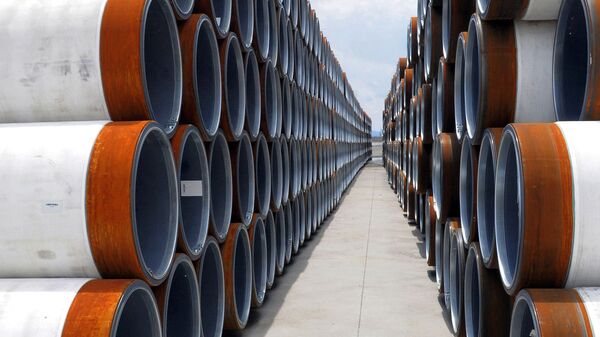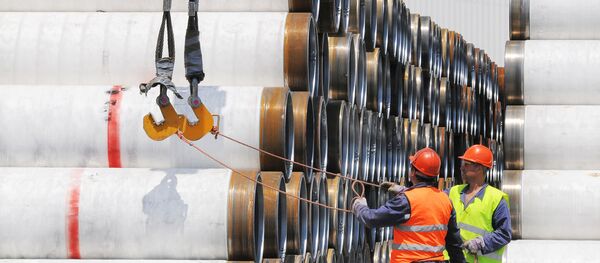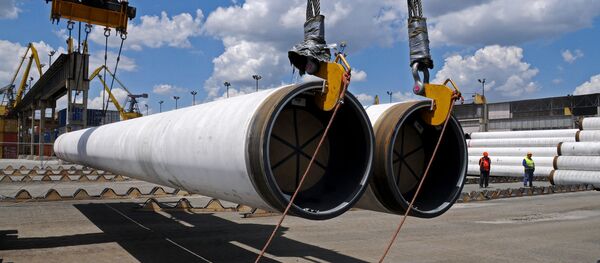"We have already agreed on this issue, but I can't disclose the figures, namely, how exactly we will share the costs," Ozcan said, adding that "the process of obtaining permits for the construction of the second branch of the Turkish Stream is underway and is unlikely to face any obstacles."
In an interview with Radio Sputnik, President of the Institute of Energy and Finance Vladimir Feigin said that the agreement reached by the Turkish and the Russian sides indicates the fact that the project is being successfully implemented.
"I think that the Turkish side will finance the overland part of the project. This is a small area in Turkey, about tens of kilometers. This is not about a large sum of money, but this is important, because it shows that the Turkish side fully supports the investment project. All the details are being discussed, and the work is underway," Feigin said.
At the same time, the expert noted, that the coordination of the second leg of the gas pipeline which is supposed to be built on European soil will take at least one year.
"It requires coordination in the European market. Everything is not that simple here, but we still have time. I think it will take not less than one year. We know our partners well, and I can say that this can't be done quickly. They connect some issues with the others so that their interests are taken into account as much as possible," the expert said.
Earlier, Serbian President Aleksandar Vucic said that Belgrade expects one of the legs of the Turkish Stream gas pipeline to pass through Serbia and the Western Balkans.
According to political abalyst Alexander Razuvaev, Serbia's interest in the project is quite understandable.
"Serbia was very satisfied with the South Stream project, but because of the position of the European Union and Bulgaria, the project has gone west. Nevertheless, Belgrade still hopes to have transit income and guaranteed supplies. Serbia, as a poor country, wants to have additional money, and this is understandable," Razuvaev said.
One leg is designed for gas supplies directly to the Turkish market, the other for gas supplies through Turkey to European countries. The construction of the first leg began in May 2017, it is to be commissioned in March 2018. The second leg is to be put into operation in 2019.



